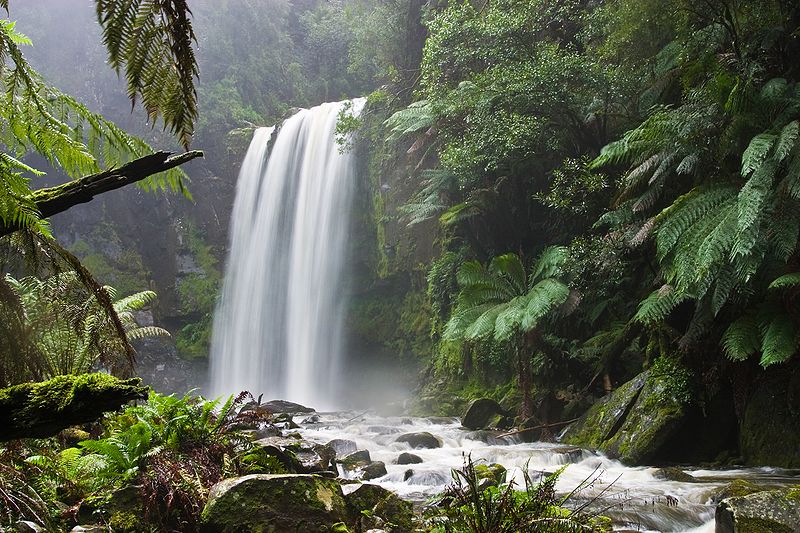Science News
Biodiversity Failure
April 30, 2010

This year is the International Year of Biodiversity, and according to New Scientist, “By 2010 there was supposed to be ‘a significant reduction’ in the speed at which varieties of life are disappearing… Both the 1993 Convention on Biological Diversity (CBD) and the United Nations' 2000 Millennium Development Goals call for it.”
But unfortunately, there is no reduction. In fact, things have gotten worse, not better for life on our planet, according to a new report published online yesterday in the journal Science.
In 2002, a group of scientists came up with 31 indicators that would track the progress of protecting biodiversity. The indicators mark areas like habitat conditions, pressure from things like human impact and alien species, and the actions of governments and NGOs for protection.
According to the report, most of the indicators showed declines. The conclusion states that, “Despite some local successes and increasing responses, the rate of biodiversity loss does not appear to be slowing.”
“This report from the Biodiversity Indicators Partnership provides an invaluable wake up call,” says Dr. Healy Hamilton, Director of the Academy’s Center for Applied Biodiversity Informatics. “We must be able to measure if our conservation efforts are having an impact. This report provides a clear signal that calling an area protected is not enough. We must adequately fund the management of the areas we set aside for protection.
“But it is also important to recognize that protected areas are not the only strategy for maintaining the diversity of life. Nature is incredibly resilient. There are millions of acres of degraded landscapes and seascapes that could be restored, both to the benefit of local human societies and biodiversity. Particularly in an era of rapid global change, restoration efforts, such as reforesting riparian corridors or replanting coastal mangroves, can help both human and natural systems adapt to future changes.”
Lead author Stuart Butchart of the United Nations Environment Programme World Conservation Monitoring Centre agrees that it’s not too late. He is quoted in Science Now saying, “We can look after nature if we apply real political will and adequate resources,” he says. “2010 must be the year that governments start to take the issue seriously.”
In the New Scientist article, he gives a number: “An extra $4 billion a year, according to one estimate, might make the world's protected areas effective.”
Four billion dollars seems like a small price to pay to save the planet.
Creative Commons image by Diliff